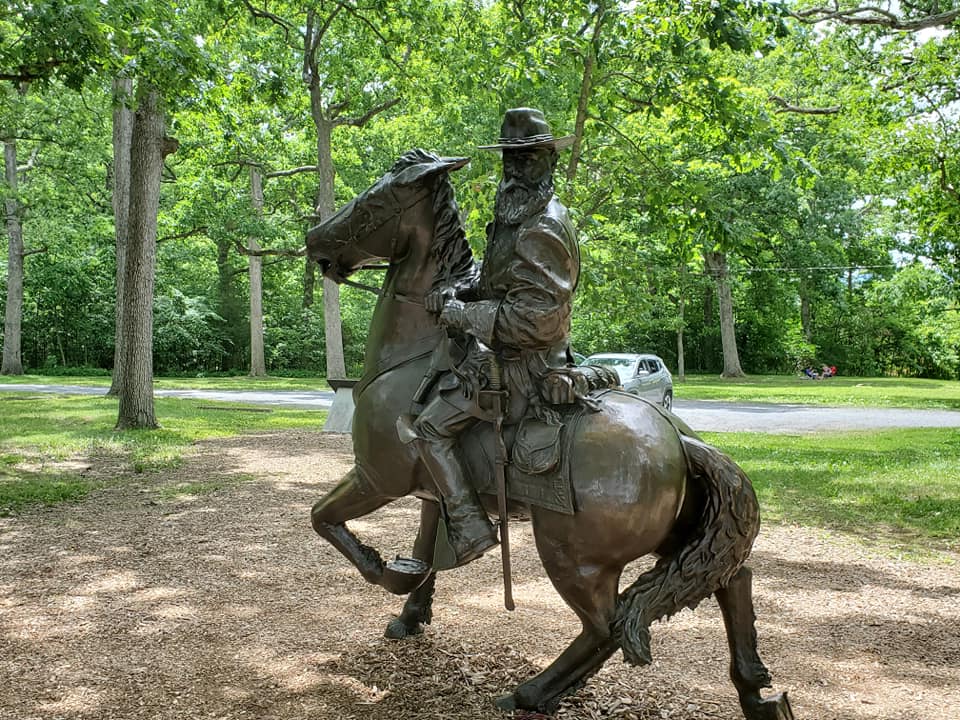The disaster of the third day at Gettysburg had its origin on the morning of the second day. LTG James “Pete” Longstreet was GEN Lee’s most trusted aide. Longstreet was a defensive-minded leader; he preferred to select the timing and terrain and defend against an offensive enemy attack. After the ambush on Day 1, he argued against attacking the Union Army assembling on the hills at Gettysburg. He wanted to swing his Corps south and east and attack Meade’s forces as they moved towards Gettysburg. Lee rejected that plan outright. His response was essentially: “The enemy is here; we will attack him here.” He then gave Longstreet the order to attack the Union left flank.

But Longstreet was in a pique. Having had his attack plan rejected outright and now seeing Lee in deep discussion with Pickett, Longstreet reportedly sulked off to his own HQ and did nothing more to prepare for the Day 3 attack. At the very least, he should have coordinated with Hill over the use of the divisions on Pickett’s left flank. Another area where Lee played a more direct role – somewhat out of character for him – was that he gave orders to COL Alexander (Longstreet’s Chief of Artillery) to assemble as many cannons as possible on Seminary Ridge in preparation for a pre-attack barrage. Some historians contend that this order was given as early as the afternoon of Day 2 while Longstreet was off directing the fighting to the south. Others say it didn’t occur until the morning of Day 3. In dealing directly with Alexander, Lee had by-passed both Longstreet (Alexander’s boss) and his own Chief of Artillery, BG Pendelton [1]. It was said that Lee had little confidence in Pendleton’s effectiveness as a leader.
Longstreet played a very passive-aggressive role as overall battlefield commander on Day 3. It was actually an interaction between COL Alexander and MG Pickett that launched the attack as the artillery barrage subsided. Trimble and Pettigrew had to wait to see Pickett’s men step off from the wooded slope of Seminary Ridge before they began their advance. Seemingly, Longstreet waited as long as he possibly could to direct MG Law (replacing the wounded MG Hood) and MG McLaw to move out of the area of the Peach Orchard to support Pickett’s right flank. Their advance was too little, too late. Pickett was far too advanced in his movement for theirs to have any effect.
Lee never seemed to be aware of what Longstreet took as an affront to his authority. No one will ever know if a true multi-division attack on Day 3 – an attack as Lee envisioned it in his mind – could have succeeded. It is doubtful that it could have. One of Lee’s presumptions was that in response to the prior day’s flank attacks Meade would have moved troops to reinforce those flanks and thereby weakening the center of his line.
[1] Whereas on the Union side, BG Hunt had command of the artillery, BG Pendelton was a staff advisor without direct command authority.
